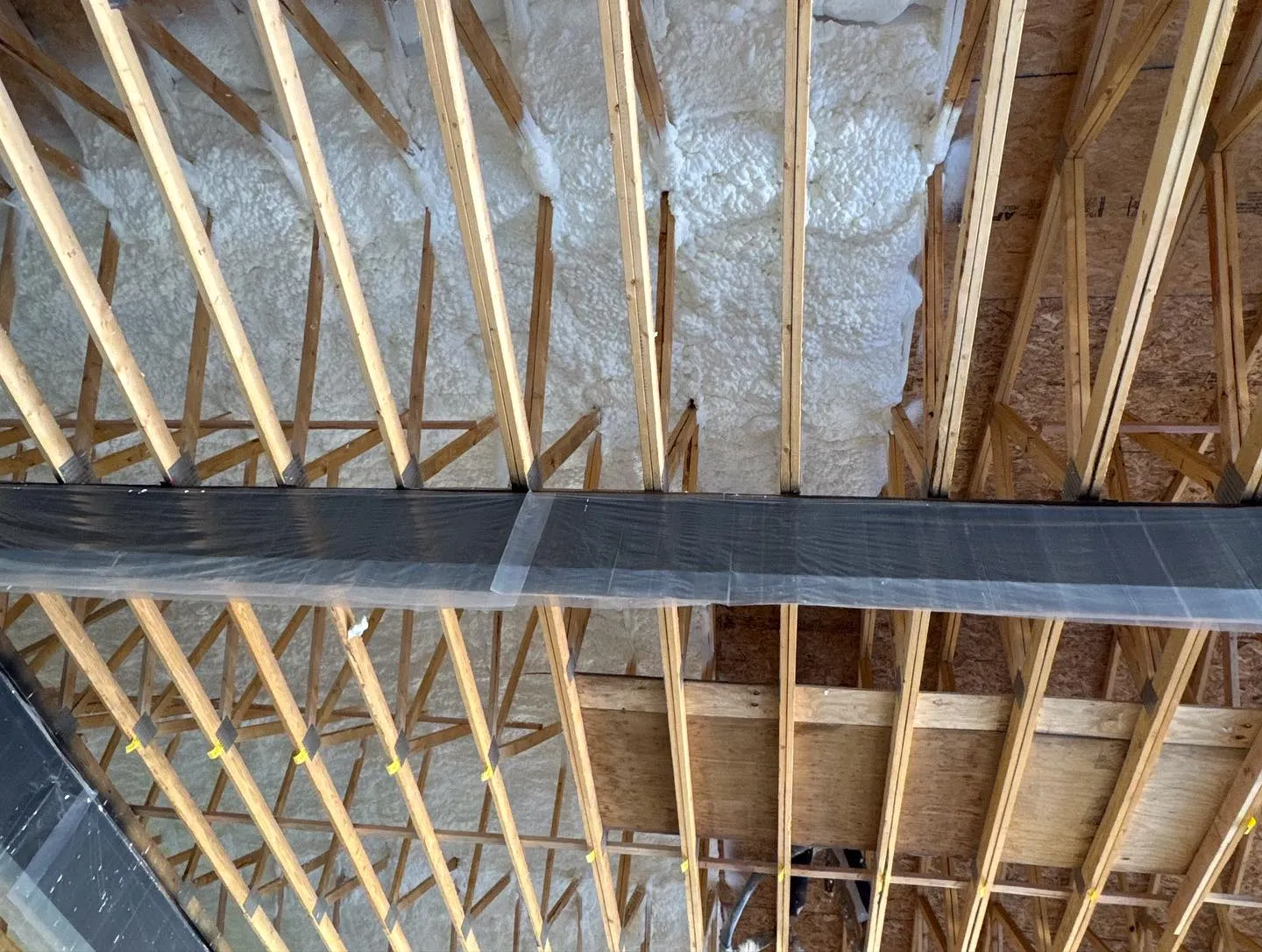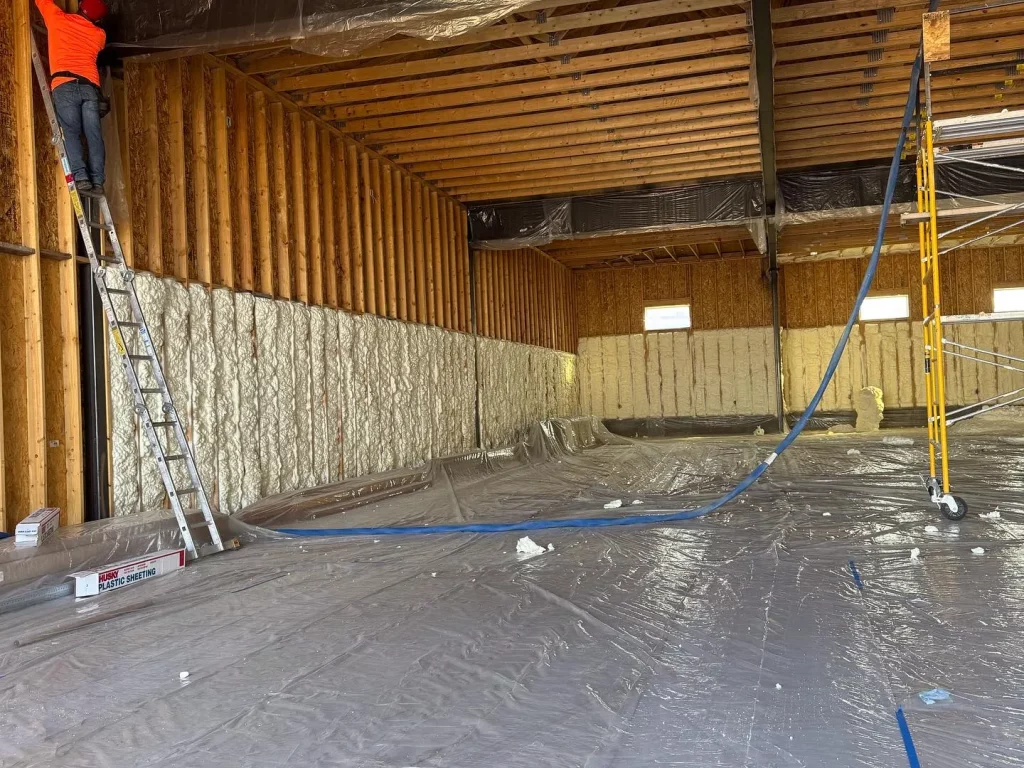
Spray foam insulation significantly reduces heat gain in buildings exposed to extreme temperatures, such as those in Phoenix, AZ. The closed-cell structure acts as a thermal barrier, limiting heat transfer through walls, roofs, and attics. This directly cuts indoor cooling demand during the peak summer months.
In Phoenix, where average summer highs often exceed 105°F, air leakage and poorly insulated structures lead to increased HVAC usage and uneven indoor temperatures. Spray foam forms an airtight seal, minimizing convective heat gain and moisture intrusion. This insulation method is especially effective in dry, high-radiation environments like the Sonoran Desert.
All Valley Insulation LLC brings extensive field experience in the Phoenix metro area, specializing in applying spray foam insulation tailored to local climate demands.
High solar intensity and prolonged daylight hours accelerate heat buildup in buildings. Conventional insulation materials like fiberglass or cellulose lose performance when gaps and leaks exist. Spray foam directly adheres to surfaces, filling cavities and sealing penetrations.
Bonus Tip: For structures with flat or low-slope roofs, closed-cell spray foam also adds structural integrity and moisture resistance.
| Insulation Type | R-Value per Inch | Air Sealing Capability | Moisture Barrier | Performance in Extreme Heat |
|---|---|---|---|---|
| Closed Cell Spray Foam | 6.0 – 7.0 | High | Yes | Excellent |
| Open Cell Spray Foam | 3.5 – 4.0 | High | No | Moderate |
| Fiberglass Batt | 2.9 – 3.8 | Low | No | Low |
| Blown-in Cellulose | 3.2 – 3.8 | Moderate | No | Low to Moderate |
| Specification | Closed Cell Foam | Open Cell Foam |
|---|---|---|
| R-Value per Inch | 6.0 – 7.0 | 3.5 – 4.0 |
| Air Permeability | < 0.02 L/s·m² | 0.05 – 0.1 L/s·m² |
| Vapor Permeability | 1 perm @ 1″ thickness | >10 perms @ 3″ thickness |
| Application Thickness (Typical) | 1″ – 2″ walls; 3″ – 4″ roofs | 3″ – 5″ for thermal envelope |
| Structural Support | Yes | No |
| Suitable for Attics | Yes | Yes |
Bonus Tip: Always verify the installed thickness using depth gauges during application to ensure consistent R-value coverage.

Closed-cell spray foam typically maintains performance for 25+ years, even under continuous high-temperature exposure.
Yes. It bonds well to most surfaces, but attic prep and ventilation adjustments are necessary.
Yes. Effective insulation often allows smaller, more efficient systems due to reduced load requirements.
Once cured, spray foam is inert. Proper installation with ventilation during curing is required.
Reducing heat transfer in Phoenix homes and buildings starts with sealing gaps and choosing insulation that holds under pressure. Spray foam’s thermal resistance and air sealing capabilities deliver consistent indoor temperatures and lower cooling demand. Material selection, application method, and climate compatibility must all align with building characteristics and usage patterns.
For expert application of spray foam insulation in Phoenix, contact All Valley Insulation LLC at [email protected] or call (602) 761-0367. Guidance is available for assessing attic configurations, moisture exposure risks, and fire code compliance in both residential and commercial properties.
Inspect visually every 3-5 years or after major roofing changes to confirm integrity.
Closed-cell foam resists water absorption but may conceal leaks. Regular roof maintenance remains essential.
Not recommended. Old material should be removed to ensure adhesion and avoid trapping moisture.
No. Spray foam does not serve as nesting or food material.
Yes. Products with fire retardant coatings meet ASTM E84 Class I ratings for thermal barriers.